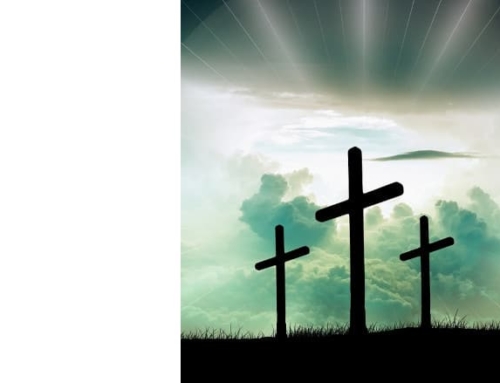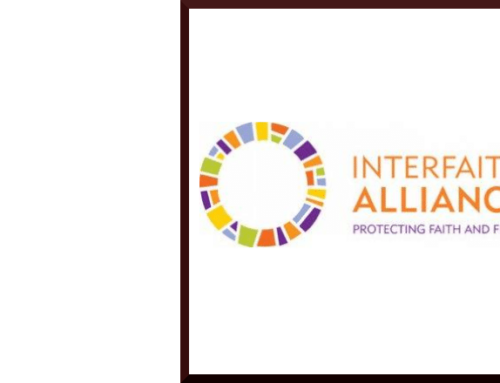Catholic League president Bill Donohue comments on a new Pew survey:
The Pew Research Center released the findings of a new survey this week on Catholic clergy sexual abuse. Most were predictable, but some were not.
The survey found that 8 in 10 Americans say that Catholic clergy sexual abuse is an “ongoing problem,” while only 12% say that these problems “happened in the past and mostly don’t happen anymore”; a quarter of Catholics, 24%, hold to the latter interpretation. It was also found that 61% of Catholics say that sexual misconduct is just as common among the clergy of other religions; 51% of non-Catholics think the problem is disproportionately Catholic.
It would be astonishing if the data were otherwise. The steady drumbeat of bad news, mostly traceable to the Pennsylvania grand jury report last summer, and the ouster of Theodore McCarrick (formerly a cardinal), account for the outcome. The latter news coverage was entirely justified; the former was badly skewed and much of it was dishonest. To weigh the veracity of this point, consider another subject.
If the media do not report on sexual misconduct, obviously no one will think badly of the guilty. Take the case of Rev. Martin Luther King, Jr. FBI data that were recently made public show him to be a hard-drinking, bed-hopping adulterer who cheated on his wife with 40-45 other women. He also watched a pastor friend of his rape a woman and laughed about it while he did so. But thanks to the near total media blackout on this story, King’s glowing reputation remains intact.
Circling back to the survey, what percent of the public knows that not one of the accused priests named in the Pennsylvania grand jury report had a chance to rebut the charges made against him? How many know that most of them are either dead or out of ministry?
The fact is that Catholics are better educated about this subject than non-Catholics: more of them know that the lion’s share of the abuse took place in the past (mostly in the last century) and that it is not “ongoing.” But even there, most Catholics, three-quarters of them, are as ignorant as non-Catholics on this score. Fortunately, the survey shows that Catholics who attend Mass weekly are the most knowledgeable.
This is encouraging. It shows that our relentless effort to tell the truth about this issue is getting through to practicing Catholics. We have constantly cited the fact that the clergy sexual abuse scandal occurred mostly between 1965 and 1985.
Who else but the Catholic League undercut the media narrative on clergy sexual abuse by calculating, and making public, data taken from the latest survey of clergy sexual abuse? On June 10, we showed that .006% (3 priests) of the over 50,000 members of the clergy had a substantiated accusation made against them between June 1, 2017 and July 31, 2018. No religious or secular body can beat those numbers.
The survey says that one-quarter of Catholics say they are going to Mass less often or are contributing less as a result of recent reports on clergy abuse. But, as the data reveal, this is much more true of non-practicing Catholics than it is of those who attend Mass weekly. This is exactly what we would expect: those who do not attend Mass regularly are more likely to digest bad news as a justification for their lassitude.
There was one aspect of the survey that jumped out at me but has curiously garnered no attention.
The survey found that “About one-in-ten (9%) [of the public] say they have attended a place of worship where the clergy or other religious leaders have been accused of sexual misconduct in the past five years in one or more of the following ways: an extramarital affair (6%), sexual abuse of a child (4%), verbal sexual harassment (4%) or sexual abuse of an adult (3%).”
There was one question posed only to Catholics: “At the church you attend most regularly, has a priest been accused of engaging in sexual activity with other priests? Overall, 4% of Catholics say a priest was accused of this at their church, while the vast majority do not (90%).”
In other words, the faithful in religions outside Catholicism have their fair share of clergy sexual misconduct issues, yet non-Catholics seem to believe that the Catholic Church basically owns this problem. Why isn’t this misperception headline news?
Such data also prove my point. The media are shaping public opinion on the issue of clergy sexual abuse in a way that does not comport with reality.
If what the public believes were true—that this problem is “ongoing” in the Catholic Church but not in their church—then the figure for Catholics who have learned of clergy sexual misconduct in their church should be much higher than the comparative figure for non-Catholics. Yet the opposite is true!
This proves what I have been saying all along. Catholics, as well as non-Catholics, are being played. The truth about clergy sexual abuse is not being accurately reported. Furthermore, selective government probes and legislation are only adding to public misperceptions. These two factors constitute Scandal II. Scandal I is the original Catholic scandal. We only hear about the latter.







